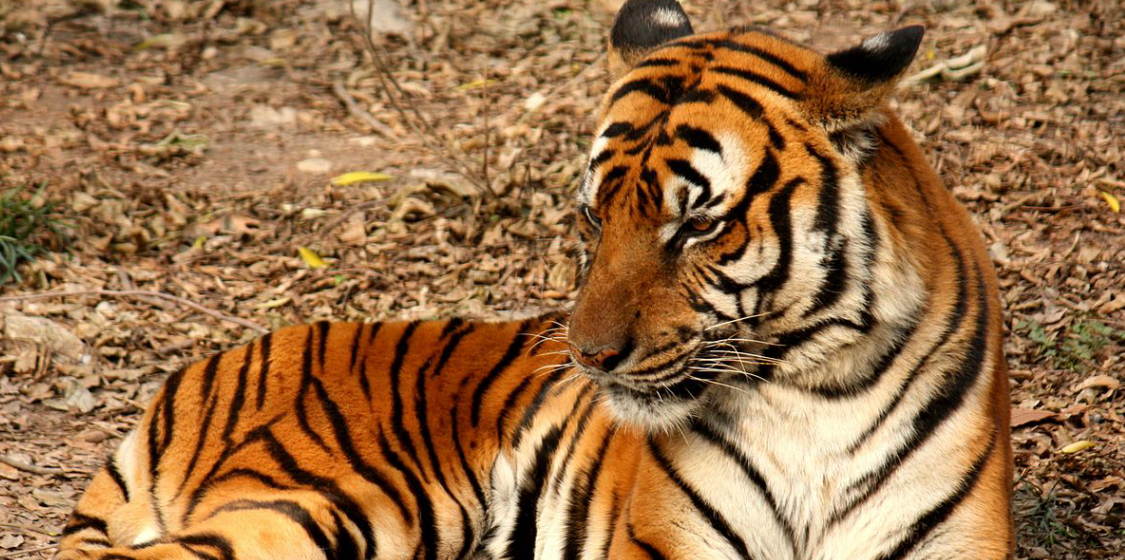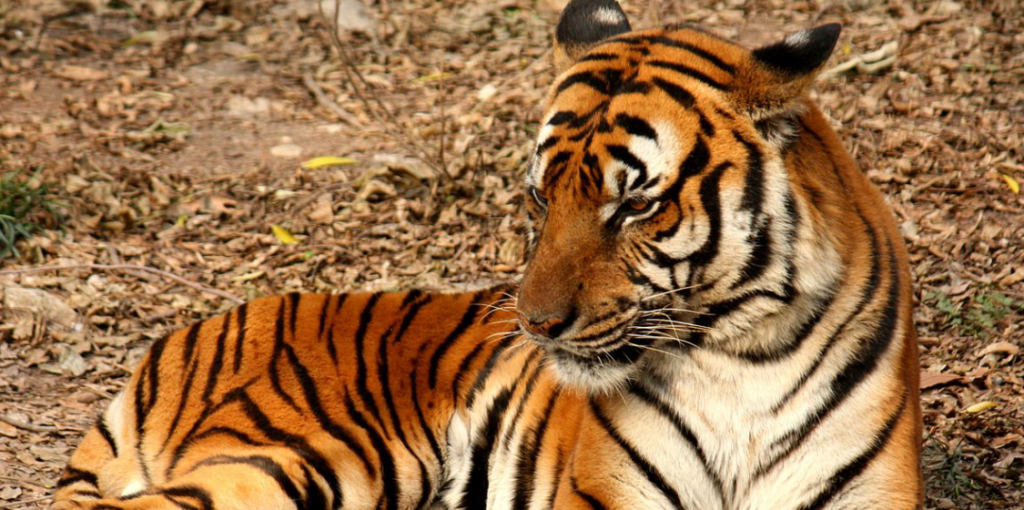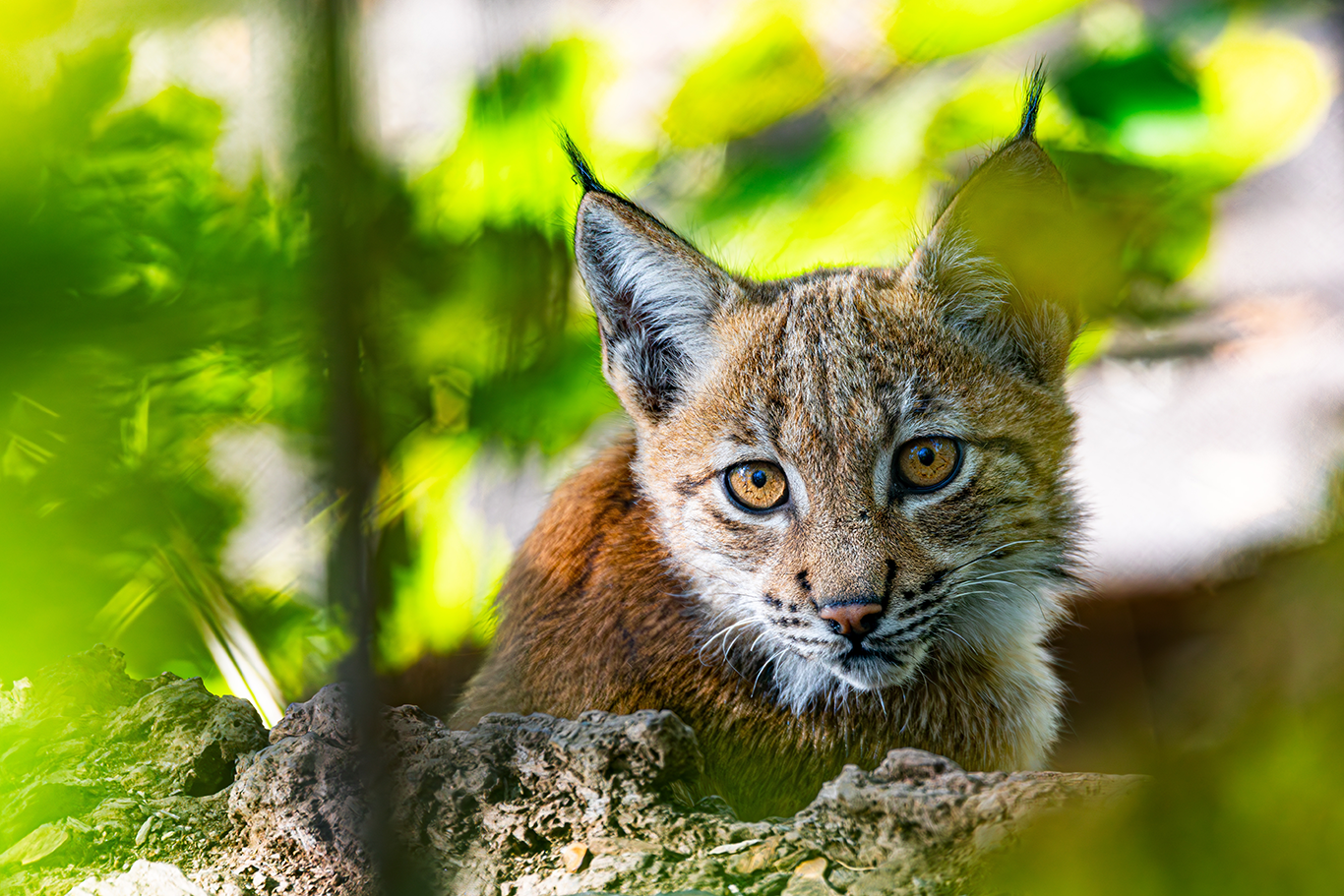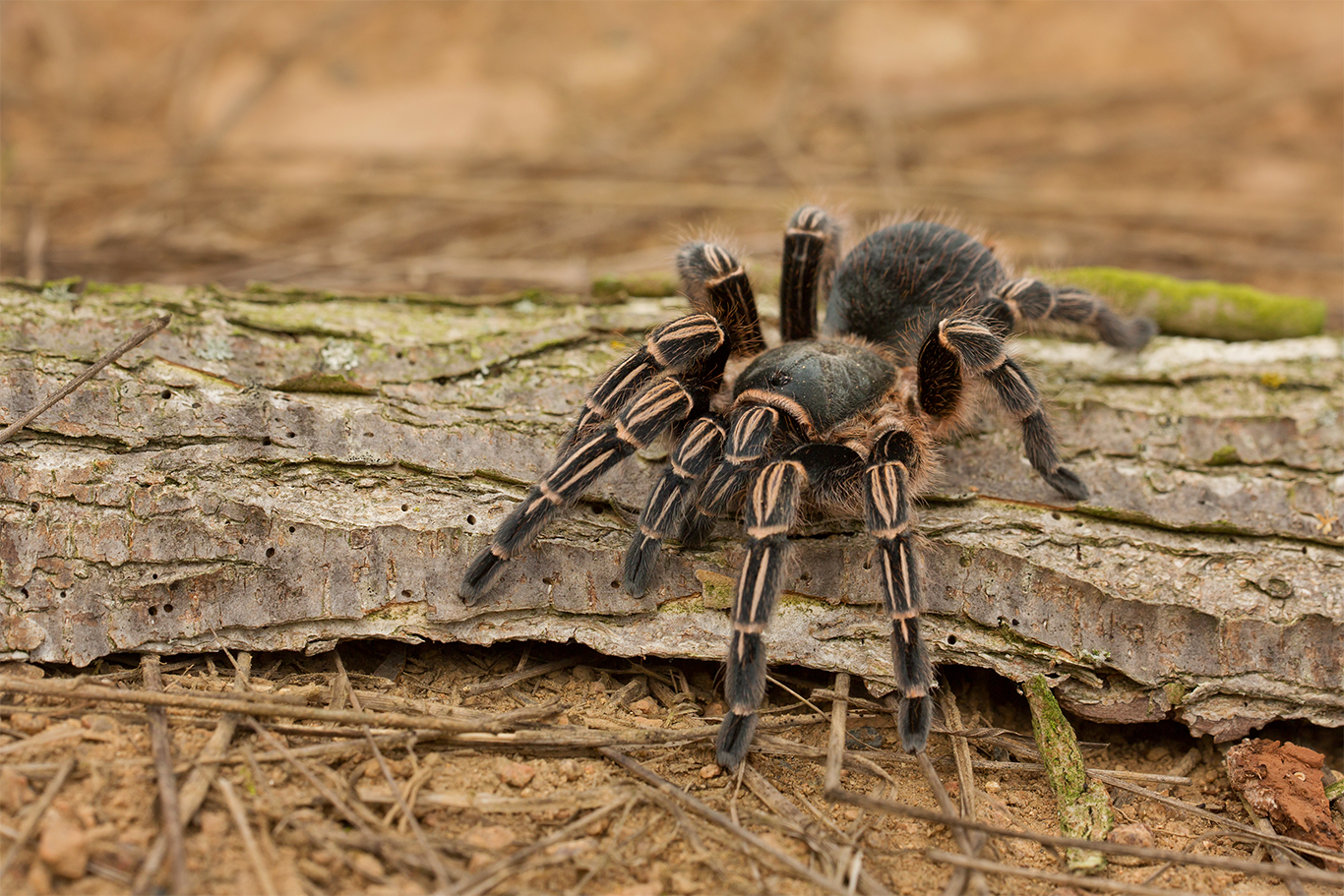A new scientific study, published in the journal Current Biology this month, has determined there are six sub-species of tigers in the world today. The knowledge might help to save the animals from extinction.
The research has confirmed that tigers fall into six genetically distinct groups: the Bengal tiger, Amur tiger, South China tiger, Sumatran tiger, Indochinese tiger, and Malayan tiger. One of those subspecies – the South China tiger – survives only in captivity. Three other tiger subspecies have already been lost to extinction.
Preserving what is left of tigers’ genetic diversity will mean ensuring that all remaining subspecies are taken into account, say the researchers.
“Tigers are not all alike,” says Luo Shu-Jin of Peking University in Beijing. “Tigers from Russia are evolutionary distinct from those from India. Even tigers from Malaysia and Indonesia are different.”
If tigers are allowed to hybridise, either in captive or wild populations, it could drive the more vulnerable species to extinction. For example, only 500 Amur tigers survive in the wild. Small populations like this one, are extremely vulnerable to extinction.
The newly published study is the first to reveal the tiger’s natural history from a genetic perspective. It shows that tigers go back two to three million years, but all living tigers only trace back to a time about 110,000 years ago, when tigers suffered a historic population bottleneck.
The genomic evidence shows that there is very little gene flow between tiger populations. That is quite unique among the big cats, the researchers say, noting that several other species, such as the jaguar, have shown much more evidence of intermixing across whole continents.
Tiger subspecies have distinct features. For example, Amur tigers are large with ASIe orange fur, while Sumatran tigers in the Sunda Islands tend to be smaller with darker, thickly striped fur.
There are fewer than 4 000 free-ranging tigers living in the world today. They live in only seven percent of their former range.
You can read more about the study here:
Yue-Chen Liu, Xin Sun, Carlos Driscoll, Dale G. Miquelle, Xiao Xu, Paolo Martelli, Olga Uphyrkina, James L.D. Smith, Stephen J. O'Brien, Shu-Jin Luo. Genome-Wide Evolutionary Analysis of Natural History and Adaptation in the World's Tigers. Current Biology, 2018; DOI: 10.1016/j.cub.2018.09.019





